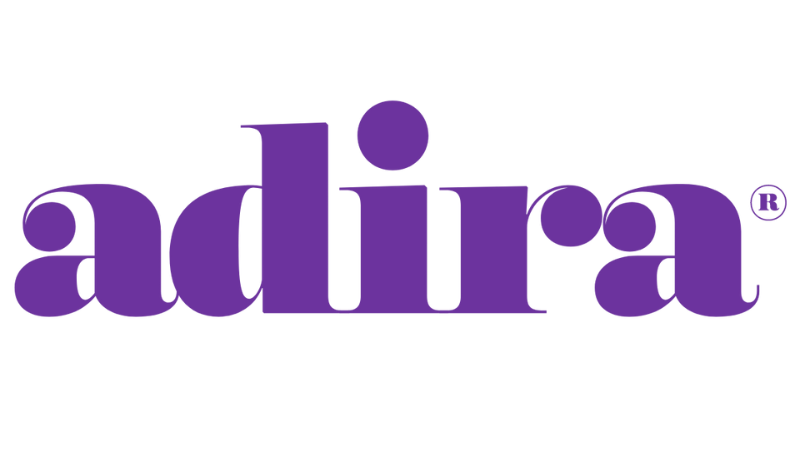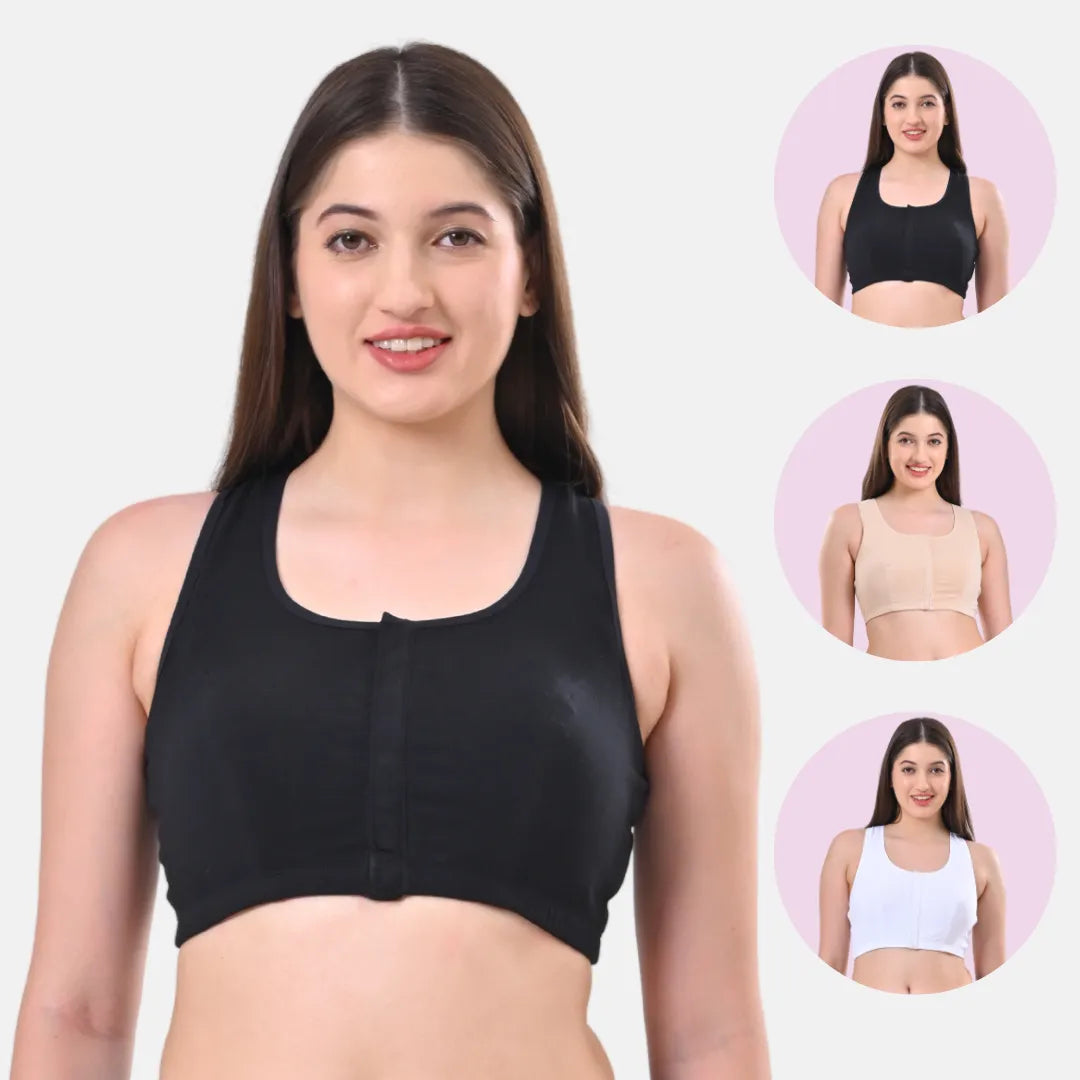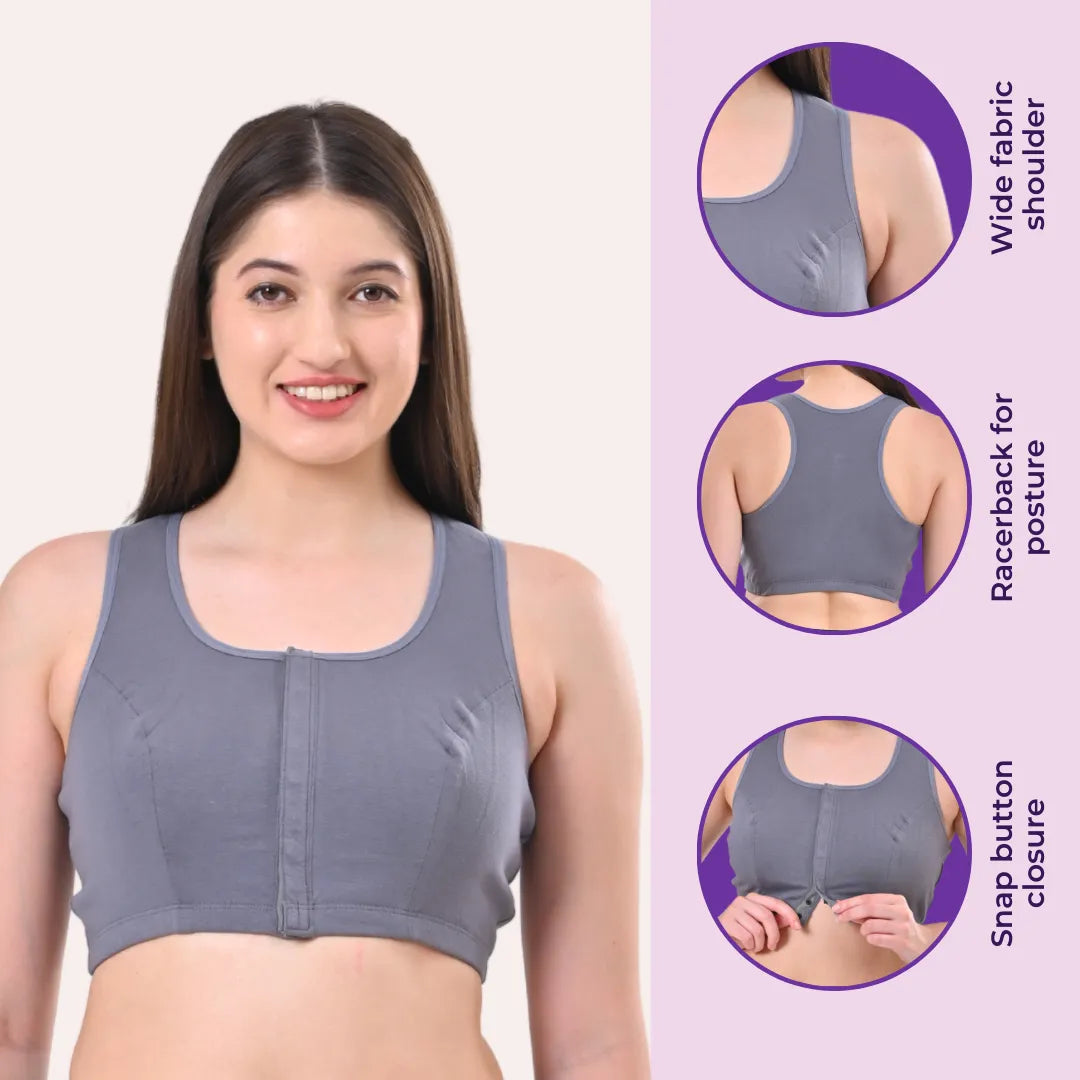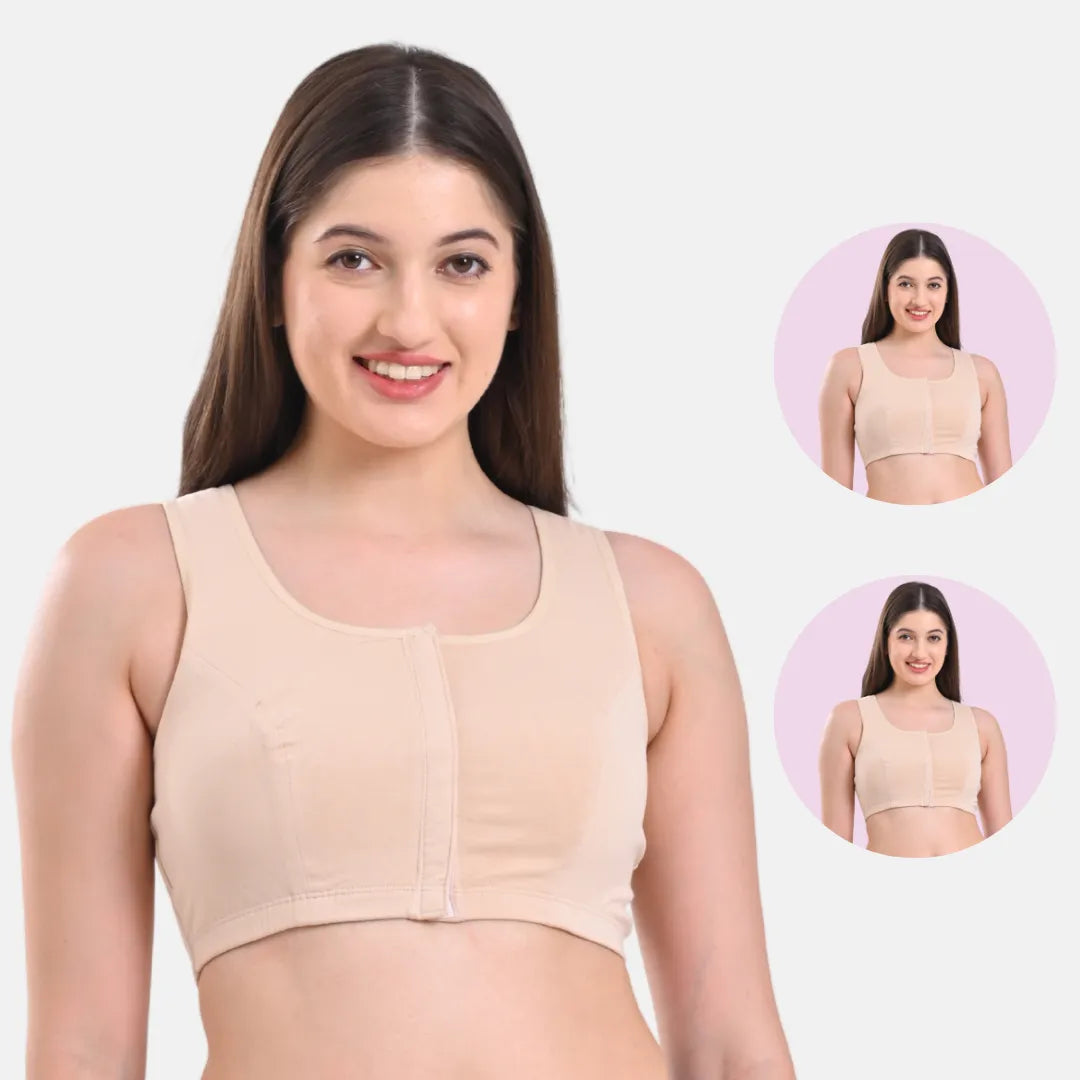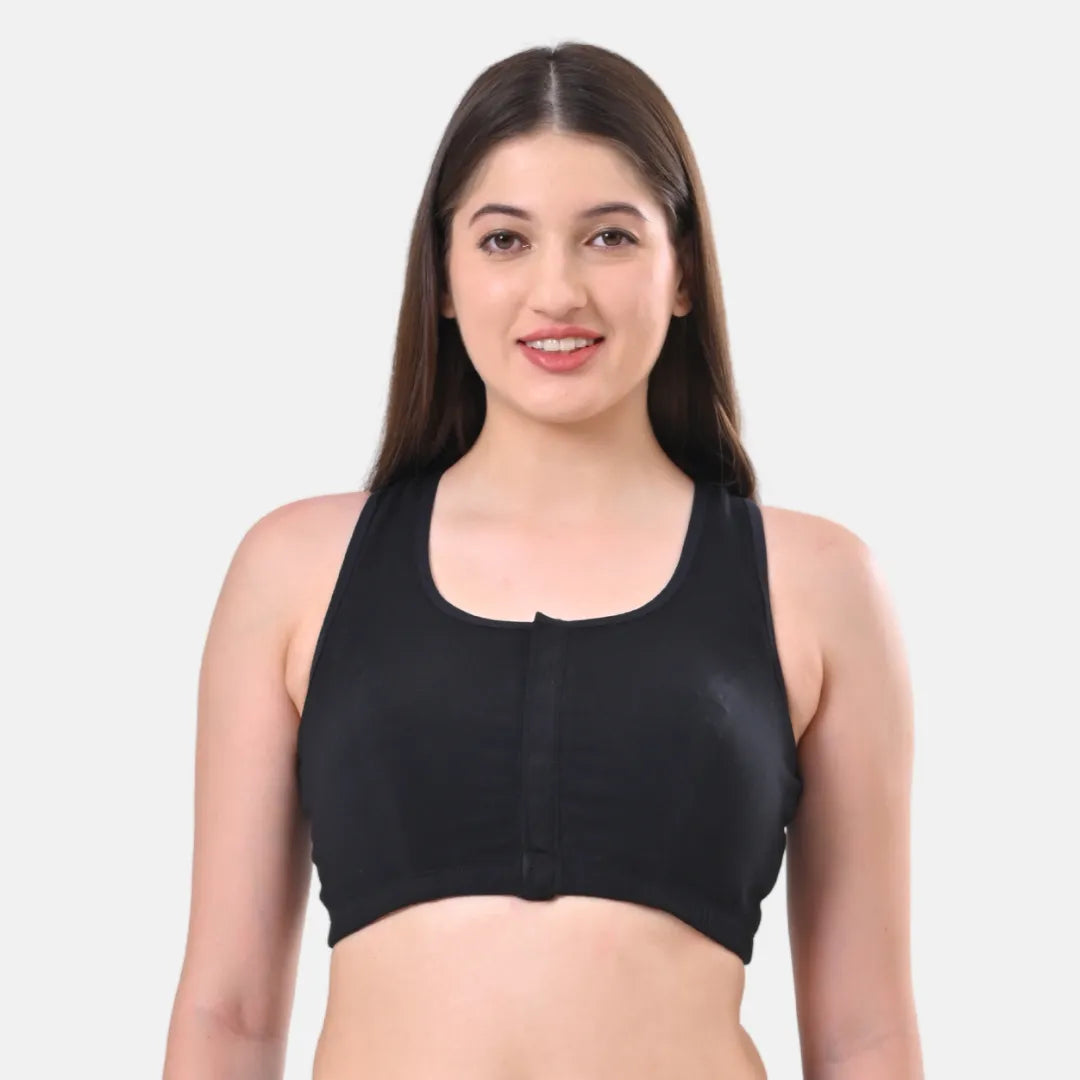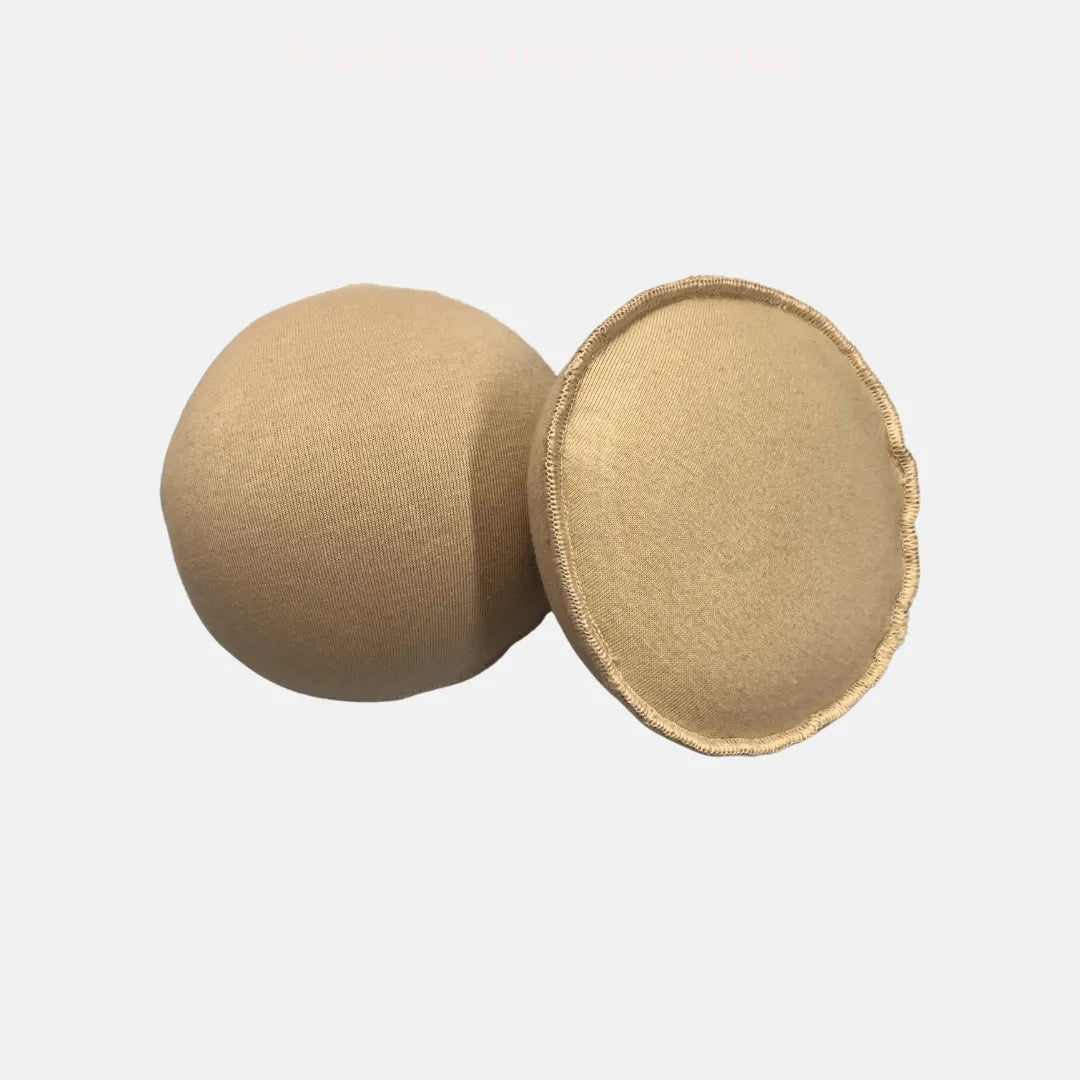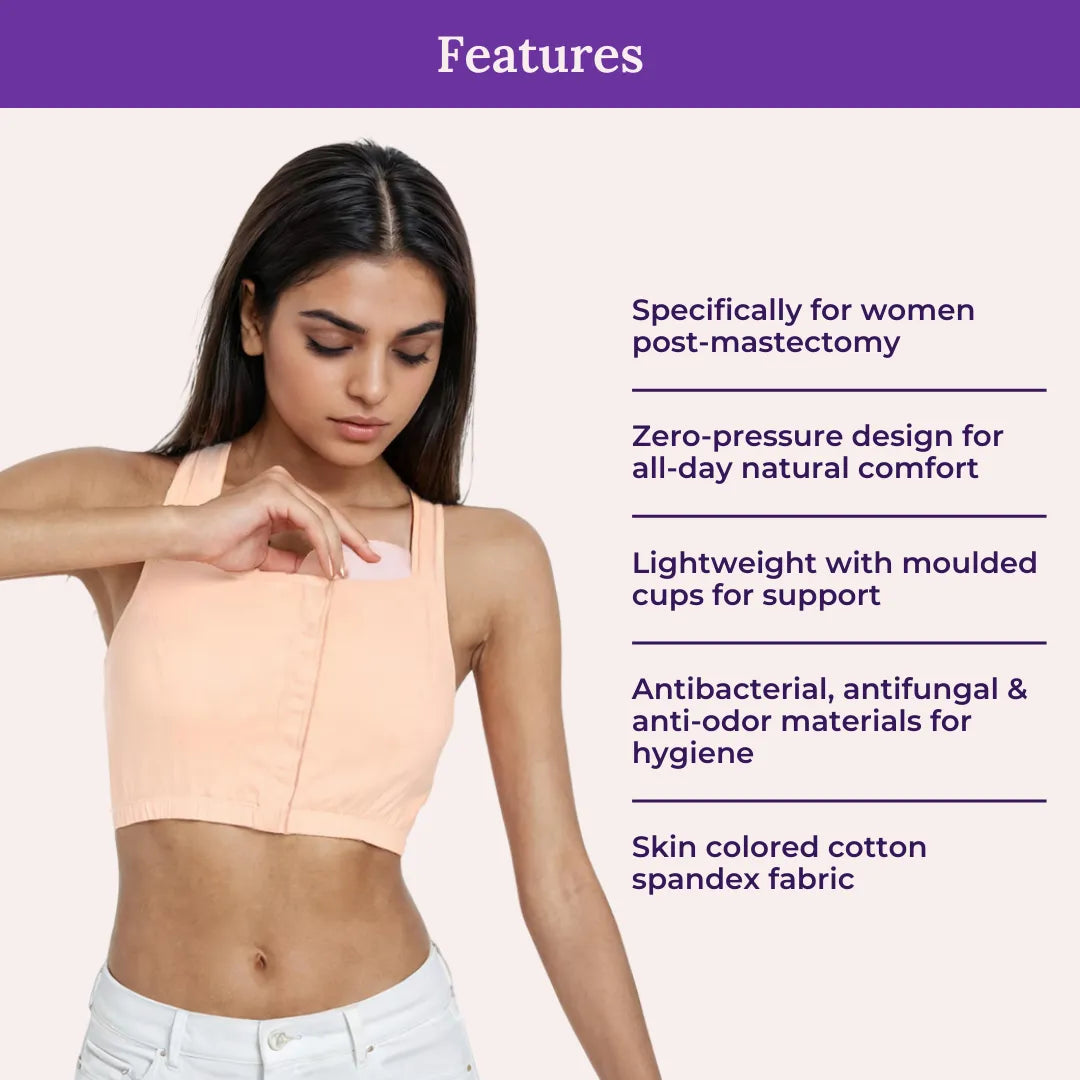Image Credit: AI
Our bodies change in many ways over time, and staying in tune with those changes is a powerful way to care for yourself. A breast self-exam is one of those small yet powerful steps that helps us become familiar with how our breasts normally look and feel. It’s a simple routine that lets you stay aware of your health knowing what’s normal can help you spot any changes early.
At Adira, we’re here to support you, whether you’re maintaining your breast health or navigating recovery. Our products, including mastectomy bras and breast prostheses, are designed to help women feel comfortable and confident at every stage of their journey.
What Is A Breast Self-Exam?
A breast self-exam is an easy, thoughtful way to check your breasts for changes. By regularly feeling and observing your breasts, you can spot any differences that might need attention. While mammograms remain essential for early breast cancer detection, self-exams help you stay connected to your body and its natural rhythms.
Why Should You Perform A Breast Self-Exam?
You know your body better than anyone else. When you regularly perform a self-exam, you become more aware of what’s normal for you. In fact, about 40% of diagnosed breast cancers are first detected by women who noticed a change during their own check. It’s an empowering way to stay on top of your health and stay informed.
Although a self-exam doesn’t replace mammograms or clinical exams, it’s a great way to stay proactive. At Adira, we believe in giving women the tools to feel strong and supported, which is why we’ve developed products like mastectomy bras and post-surgery recovery bras to help you through every phase of recovery.
When And How Often Should You Do A Breast Self-Exam?
You only need to perform a self-exam once a month to stay familiar with your breasts. Here’s when to do it:
- If you’re still menstruating, check your breasts about 3 to 5 days after your period ends, when they’re least likely to be tender.
- If you’re post-menopausal, simply pick the same day each month (like the 1st or 15th) for consistency.
How To Perform A Breast Self-Exam: Step-By-Step Guide

There are three simple ways to perform your self-exam:
- In the Shower:
- Use the pads of your three middle fingers to gently feel your breasts and the area around your armpit.
- Apply light, then medium pressure to feel the different layers of tissue.
- Take your time; this is a moment to connect with your body.
- In Front of a Mirror:
- Stand with your arms at your sides, then raise them above your head.
- Look for any changes in shape, size, or skin texture.
- Pay attention to dimples, swelling, or changes in your nipples.
- Lying Down:
- Place a pillow under your shoulder and use your opposite hand to feel your breast in small circular motions.
- Cover the entire area, including the armpit, to make sure nothing is missed.
If you notice something unusual like a lump, thick spot, or change in how your skin feels try not to panic. Many changes are normal, but it’s always okay to talk to your doctor.
What Should You Look For?

During your exam, watch for:
- A new lump or thickening.
- Changes in size or shape.
- Dimpling, puckering, or redness of the skin.
- Unusual discharge from your nipples.
Finding something unusual doesn’t always mean it’s serious, but it’s always best to have it checked. Talk to a family member or friend, and schedule an appointment with your doctor if you’re concerned.
What To Do If You Find A Lump
If you find a lump, try to stay calm. Many are harmless, but checking with your doctor can bring peace of mind. Most of the time, it’s nothing serious, but staying on top of your breast health is always important.
Remember, self-exams are just one part of a bigger strategy. Keep up with your regular mammograms and doctor visits as part of your health routine.
Also Read: Rash Under Breast : How To Prevent & Treat It
Adira Is Here For You
At Adira, we want to support you through every stage of your recovery. We offer a range of products designed to help women after mastectomy surgeries, so you can feel confident and comfortable:
- Post-Surgery Recovery Bra: Featuring a front-opening design for easy doctor access, with inside pockets to hold a breast prosthesis.
- Breast Prosthesis: Lightweight and available in multiple sizes, our fabric breast prostheses are designed to fit naturally with our bras.
Share The Love: Help Others Stay Informed
Your health matters, and so does the health of the women in your life. Talk to your friends, sisters, mothers, and colleagues about the importance of self-exams. The more we share, the more women we can help catch changes early. Breast health awareness is something we can all support. By sharing, we help more people catch changes early.
Take Care Of Yourself, One Step At A Time
Taking a few minutes each month to perform a breast self-exam is a loving and powerful way to care for your health. Combined with regular doctor visits and screenings, you’re giving yourself the best possible chance for early detection and peace of mind.
At Adira, we’re here to support you. Whether you’re recovering from surgery or simply want to feel comfortable in your own skin, our products and support are designed to make you feel confident and cared for.
